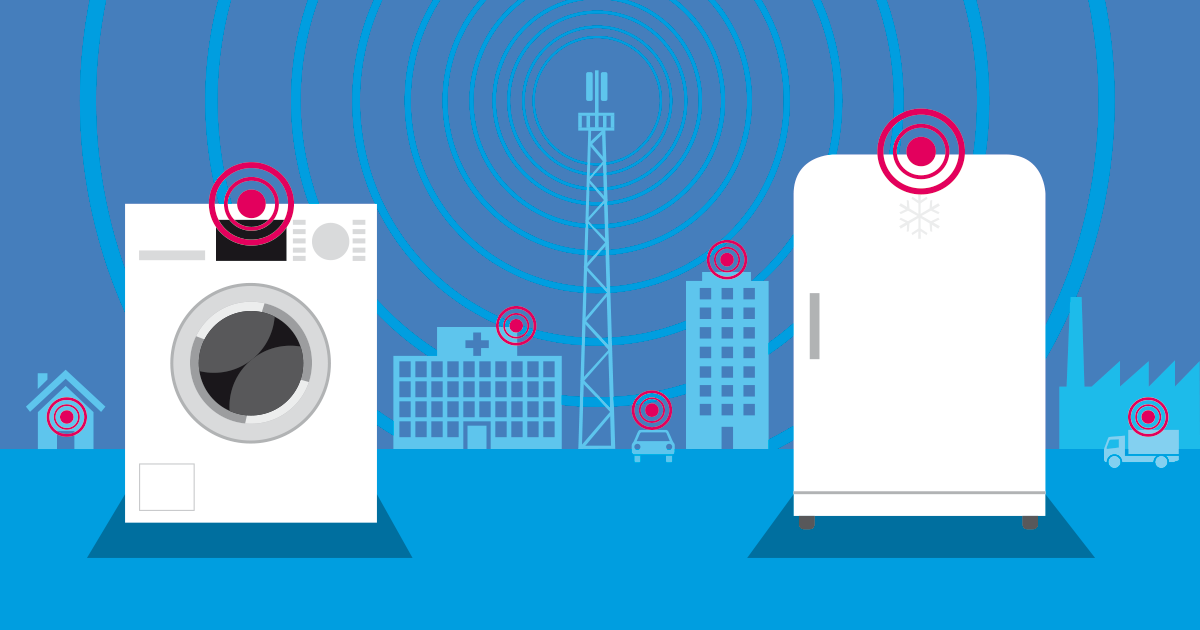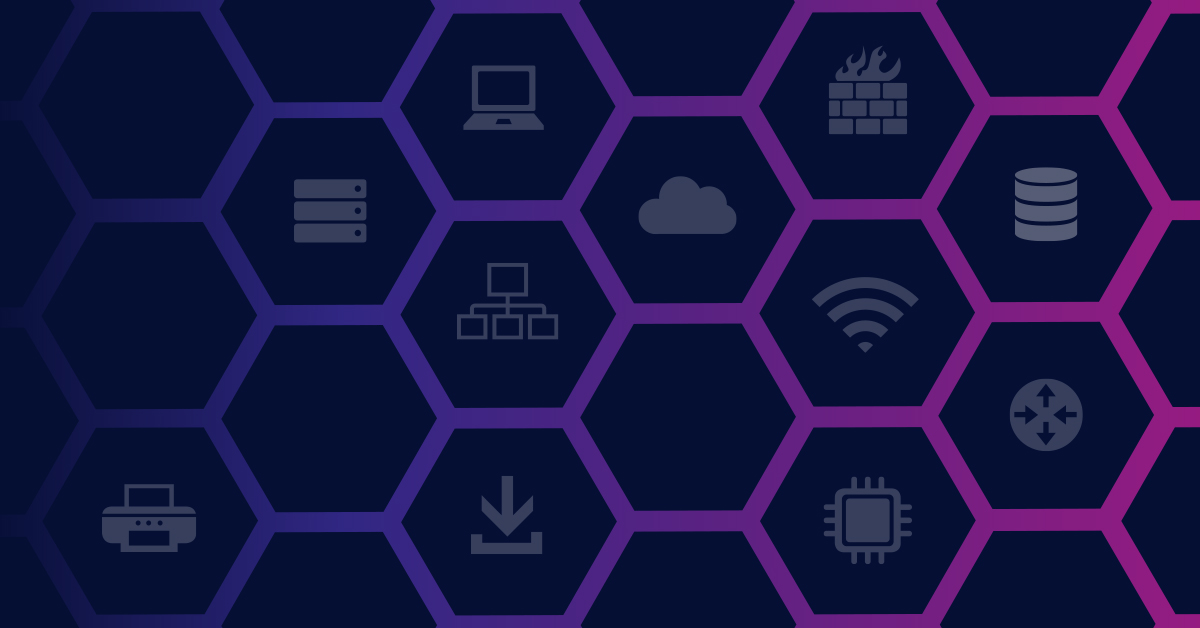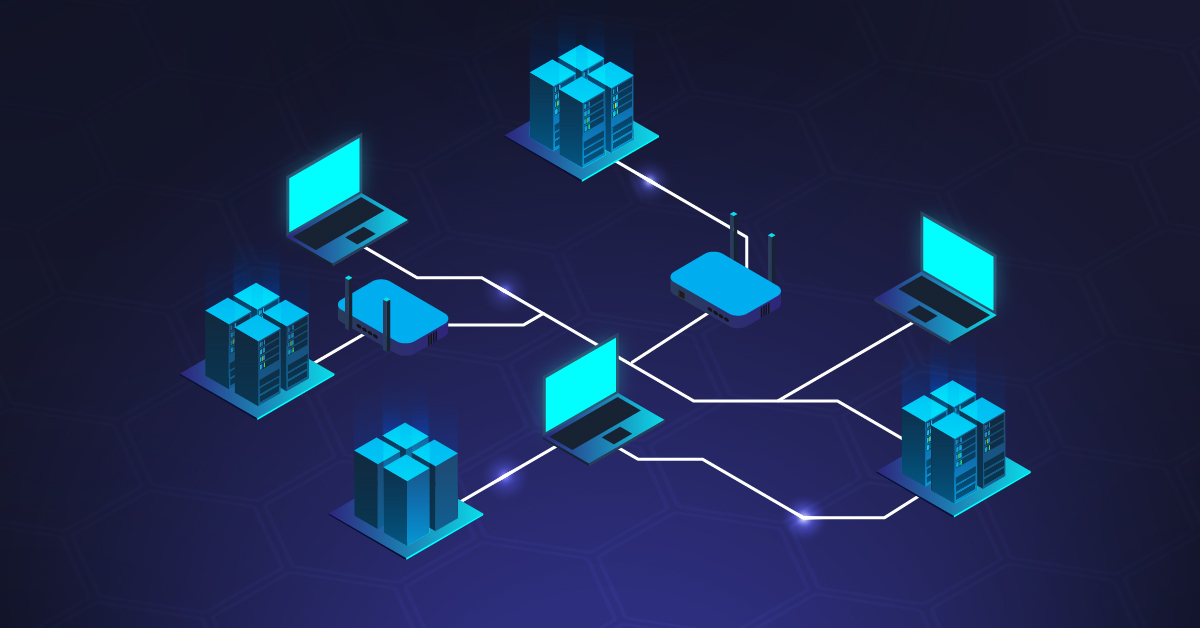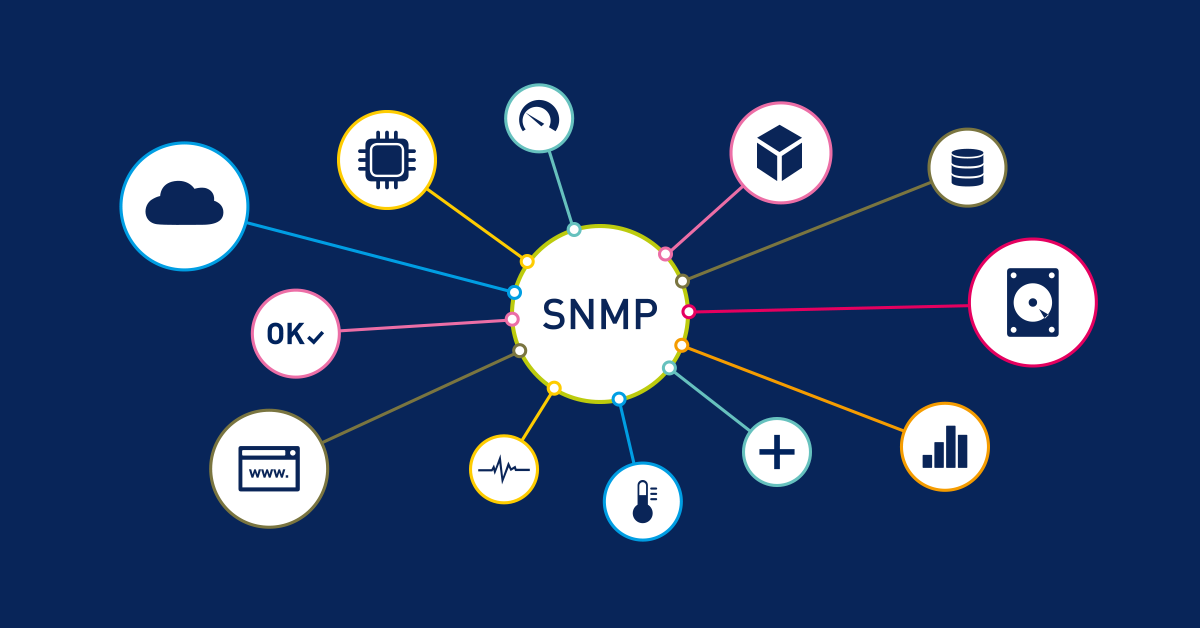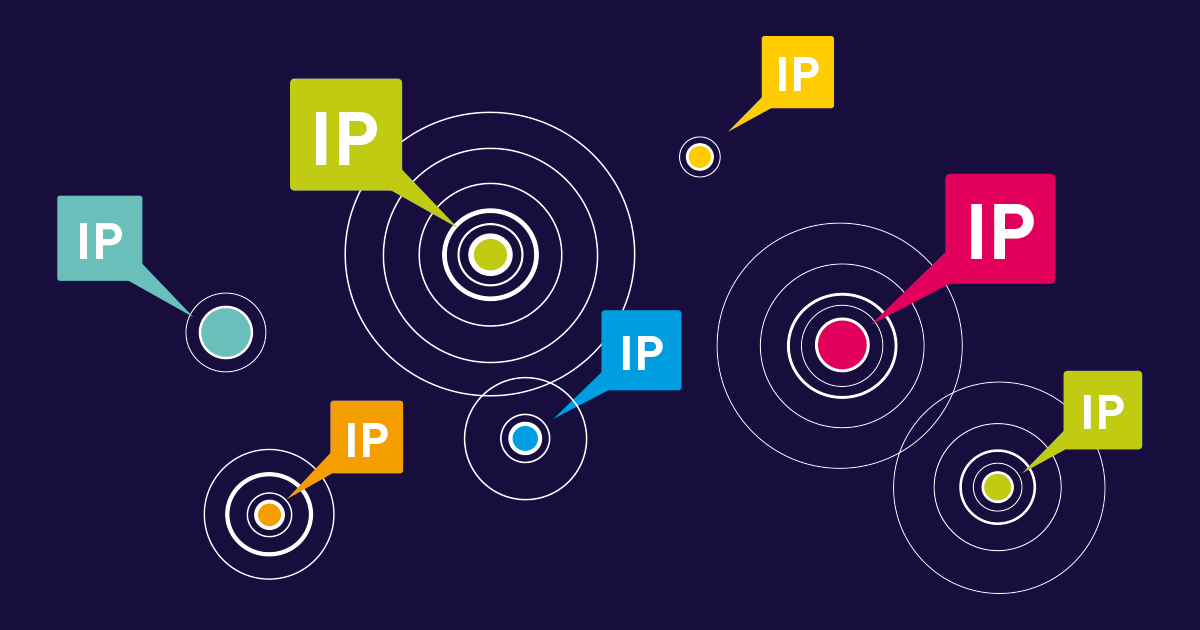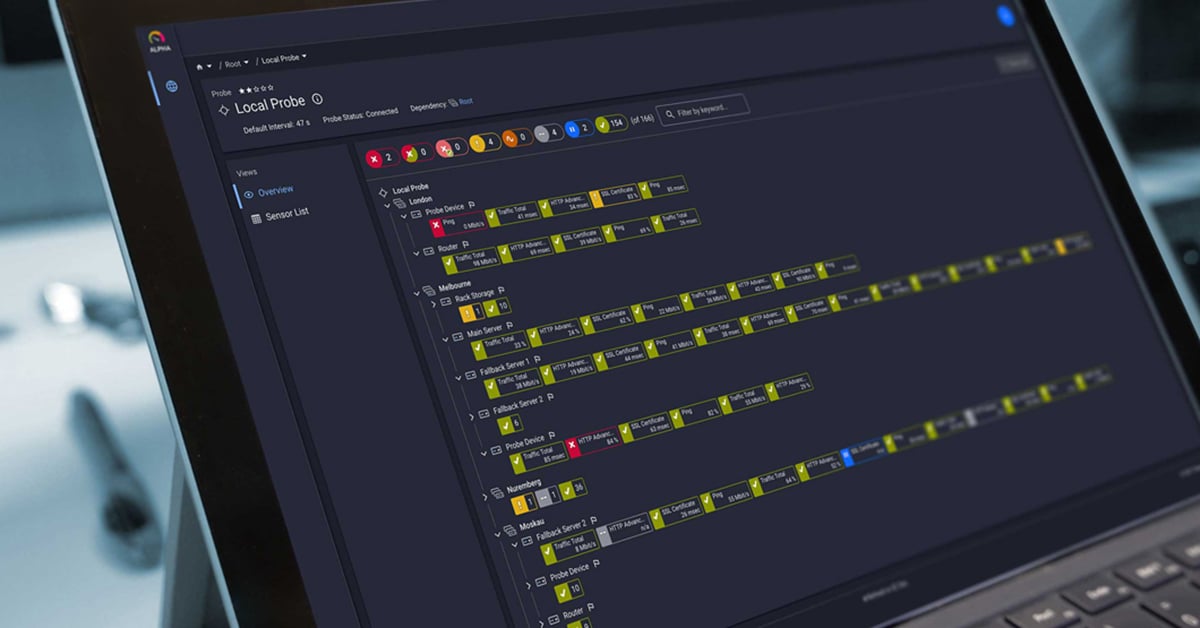In the age of the Internet of Things (IoT), everything that can be networked and monitored in a meaningful way is connected to each other. The basis for all IoT connectivity is usually the mobile network. Although traditional networks provide good coverage, WLAN, Bluetooth and similar IoT connectivity solutions are not suitable for sporadically sending a small amount of data over many miles.
LPWA IoT technology is the remedy for these IoT connectivity challenges. In this comprehensive guide, we explain exactly what LPWA IoT solutions are and why this technology is celebrated as a core enabler of modern IoT infrastructure. We also examine the French company Sigfox and answer the question why we consider Sigfox to be the most important and innovative pioneer in the LPWA IoT field.
Low Power Wide Area (LPWA) IoT represents a paradigm shift in how we approach network monitoring for distributed IoT deployments. With specialized PRTG sensors designed for comprehensive IoT monitoring and IoT network management, network administrators can now efficiently manage thousands of low-power IoT devices across vast geographical areas while maintaining comprehensive visibility into IoT network performance and IoT device health.
LPWA IoT (Low Power Wide Area Internet of Things) encompasses specialized network technologies designed for connecting IoT devices that require minimal power consumption while maintaining IoT connectivity across extensive geographical areas. PRTG's advanced IoT monitoring sensors provide comprehensive oversight of these LPWA networks, enabling cost-effective management of distributed IoT deployments and remote IoT infrastructure. An important feature of the Low Power Wide Area is therefore cost efficiency.
Transmission via a low power wide area network is at least ten times cheaper than GPRS or 3G. The solutions already available today for the so-called Low Power Wide Area Networks (LPWAN) are fascinating from a technical point of view. Receiver sensitivity from -120 to -130 dB allow ranges of many kilometers, even if the output power is only in the milliwatt range. And all this with miniaturized monolithically integrated ICs at the cost of a few euros. In addition, LPWA networks are usually much less complex. Network administration is much easier than with traditional cellular mobile phone technologies.
Modern LPWA IoT monitoring requires sophisticated IoT management tools capable of handling the unique characteristics of low-power IoT devices. PRTG offers specialized IoT sensors including the HTTP IoT Push Data Advanced sensor and Sigfox IoT monitoring capabilities, enabling network administrators to maintain real-time visibility across distributed LPWA IoT infrastructures and ensure optimal IoT network performance.
LPWA stands for Low-Power Wide-Area. It does not refer to any one specific technology, but rather serves as a generic term for any network designed to communicate wirelessly with lower power than other networks such as cellular, satellite, or WiFi. Moreover, LPWANs communicate over greater distances than other low-power networks that use Bluetooth or NFC, for example. Read more ...
How LPWA IoT Networks Function: Technical Deep Dive
LPWA IoT networks achieve exceptional long-range connectivity and efficiency through two primary technical approaches. For network monitoring professionals using PRTG, understanding these LPWA mechanisms is crucial for implementing effective monitoring strategies across low power wide area networks.
There are essentially two approaches that make the high sensitivity of LPWA technologies possible. On the one hand, virtually all LPWA systems are narrowband, which reduces noise power when using good filters and optimizes battery life. Secondly, the net data rates are intentionally low, allowing for low power consumption while energy per bit can be integrated over long distances. Under certain circumstances, modern coding algorithms may also be used in these wireless technologies, which enable process gain and further increase the link budget for cost-effective long-range connectivity.
PRTG Sensors for LPWA IoT Network Monitoring
Effective LPWA IoT network management requires specialized monitoring tools for connected devices. PRTG provides dedicated sensors for IoT infrastructure monitoring:
-
HTTP IoT Push Data Advanced Sensor: Monitors data from IoT devices and IoT modules pushing information via HTTPS, particularly useful for Sigfox devices and cellular IoT applications
-
HTTP Push Count Sensor: Counts received messages pushed via HTTP from various IoT devices and LPWA modules
-
MQTT sensors: Monitor Message Queue Telemetry Transport protocols commonly used in IoT solutions and smart cities deployments
These real-time sensors enable network administrators to maintain comprehensive visibility across distributed LPWA networks while ensuring optimal performance, long battery life, and early detection of potential issues in wireless communication systems.
LPWA IoT Technology Comparison: NB-IoT vs LoRaWAN vs Sigfox
The explosive growth of LPWA IoT applications has driven network monitoring complexity beyond traditional management approaches. PRTG's comprehensive sensor suite addresses these challenges by providing specialized monitoring for various LPWA technologies including NB-IoT, LTE-M (LTE Cat-M1), LoRaWAN, and proprietary protocols across cellular networks and private networks.
Under the influence of the extremely rapid market success of LPWA technologies, cellular network operators have also perceived the attractiveness of this market. The 3rd Generation Partnership Project (3GPP) standardization body for cellular communication has already adopted the first NB-IoT (narrowband IoT) standard as an extension of LTE networks in record time with Release 13, for which LPWA modules and transceivers are now available with considerable network coverage achieved worldwide.
Various other approaches including LTE-M and Cat-M1 are in preparation for 4G and 5G cellular connectivity. System developers should consider carefully which LPWA connectivity solutions are suitable for their specific use cases. There are numerous decision criteria including data rates, battery life, bandwidth requirements, and cost-effective deployment that can lead to optimal selection of wireless technologies.
Sigfox LPWA IoT Platform: Network Monitoring Applications
Sigfox is a French telecommunications company that sets up its own global wireless network to wirelessly connect low-power objects to the Internet. The Sigfox radio module for a terminal is to be charged at the purchase of at least 50,000 modules for one US dollar per year, while the connection of the device to the Sigfox network is to cost another US dollar per year. Sigfox was founded in 2009 by Ludovic Le Moan (CEO) and Christophe Fourtet (CTO) and describes itself as the first and only company to offer global wireless connectivity for the Internet of Things (IoT).
The infrastructure used is completely independent of existing networks, such as mobile phone networks. Sigfox operates as an independent network operator in Germany, France, Spain and the United States of America. In other countries, the company cooperates with partners. Currently, a total of 45 countries and regions are (partly) covered (the goal is 60 until the end of 2018). The aim of Sigfox is to establish a worldwide, uniform network structure via its own network, which focuses on the networked object and its data. Sigfox sees "billions of objects and thousands of new use cases" in this segment.
LPWA IoT Use Cases and Monitoring Requirements
-
Environmental Monitoring: Air quality sensors, radiation detection, and pollution monitoring requiring long-range, low power consumption connectivity
-
Asset Tracking: Supply chain monitoring across vast geographical areas with long battery life requirements and low cost deployment
-
Smart Cities Applications: Parking sensors, streetlight controls, waste management systems, and smart metering infrastructure
-
Industrial IoT Applications: Predictive maintenance alerts and equipment condition monitoring in remote locations using cellular LPWA
-
Smart Home and Building Automation: Connected devices requiring low energy consumption and reliable data transfer
-
Utilities and Smart Metering: Long-distance monitoring of power supply systems and utility infrastructure
PRTG Network Monitoring for LPWA IoT Infrastructure
LPWA enables completely new IoT applications because it is so cost-effective and provides low energy consumption. We have seen for years that these properties are essential prerequisites for providing IoT devices and IoT solutions with reliable connectivity, enabling access to more information faster, easier and cheaper. In terms of costs, both investment and operating costs for LPWA connectivity are very promising compared to traditional cellular networks.
Low power wide area networks can be used wherever cost-effective connected devices or IoT modules need to be connected with low data rates even over long distances. These can include various types of sensors and gateways. Spatially distributed environmental monitoring sensors for air or water quality can be networked using LoRa, LoRaWAN, or other wireless technologies, but also smart metering systems, wind turbines, asset tracking devices, and smart cities infrastructure.
LPWA technologies including Sigfox, NB-IoT, and LTE-M have achieved an impressively strong market position among network operators in just a few years. This development will continue for years to come, even as more IoT networks and network technology solutions enter the market. At Paessler, we believe we have a crucial market ahead of us in LPWA IoT, which will become the connection standard of the Internet of Things ecosystem.
PRTG Network Monitor provides comprehensive LPWA IoT monitoring through specialized sensors designed for low power wide area networks and cellular LPWA deployments. The HTTP IoT Push Data Advanced sensor enables real-time monitoring of data transfer from various IoT devices and LPWA modules, particularly Sigfox implementations, while supporting secure HTTPS connections with TLS 1.3 encryption.
With over 500,000 users worldwide, PRTG's IoT monitoring capabilities include support for MQTT protocols, HTTP push mechanisms, and comprehensive alerting systems that ensure network administrators maintain complete visibility across distributed IoT networks, whether using Wi-Fi, Bluetooth, cellular connectivity, or wide area networks.
Ready to implement comprehensive LPWA IoT monitoring? Download PRTG's free trial and discover how our specialized IoT sensors can transform your network visibility. Start Free Trial
Choosing the Right LPWA IoT Technology for Your Monitoring Strategy
When selecting LPWA IoT solutions, network administrators must consider coverage requirements, data rates, battery life expectations, bandwidth limitations, and monitoring complexity. Key factors include choosing between NB-IoT, LTE-M, LoRaWAN, or Sigfox based on specific use cases and whether to deploy on existing cellular networks or private networks. PRTG's comprehensive sensor suite supports all major LPWA technologies and IoT connectivity options, ensuring flexibility as your connected devices infrastructure evolves and scales across various wireless communication protocols.
 Published by
Published by 